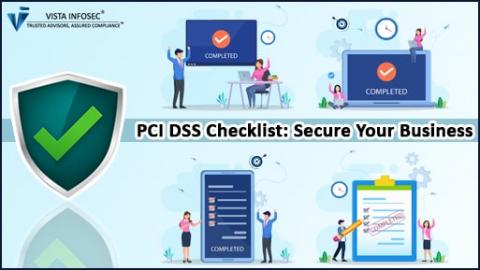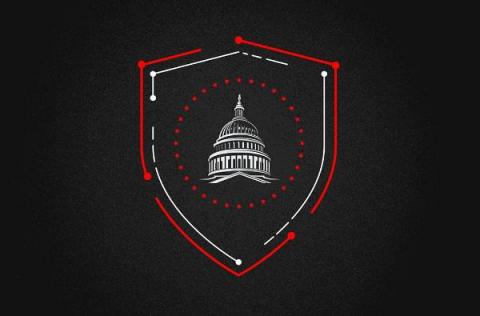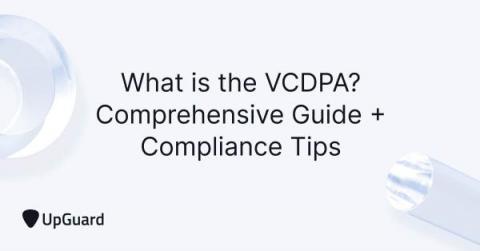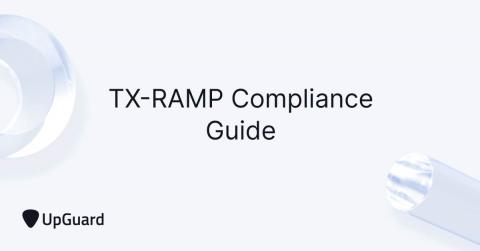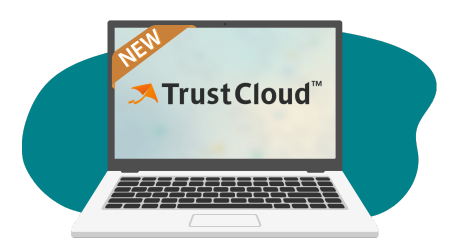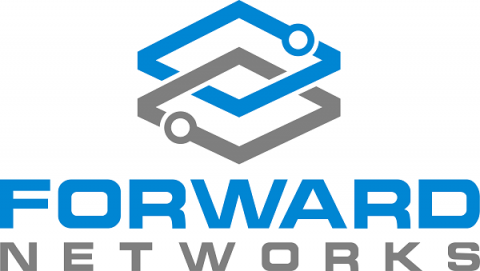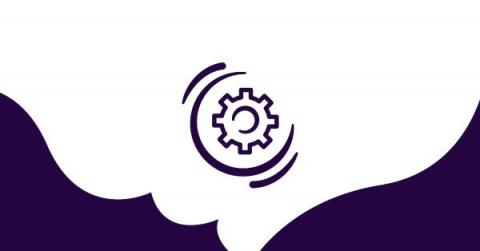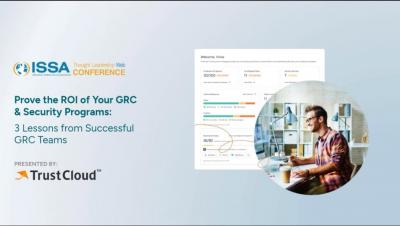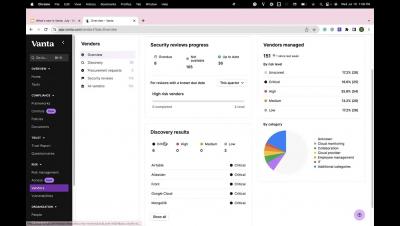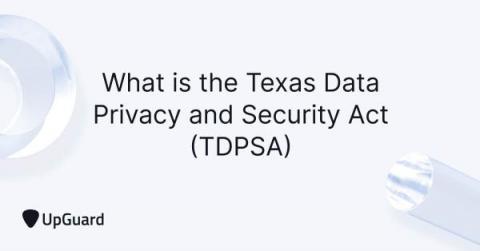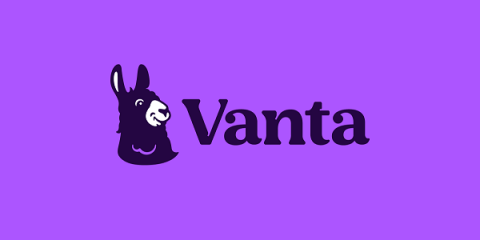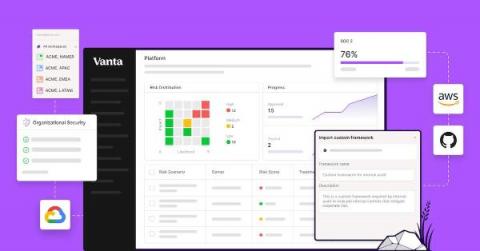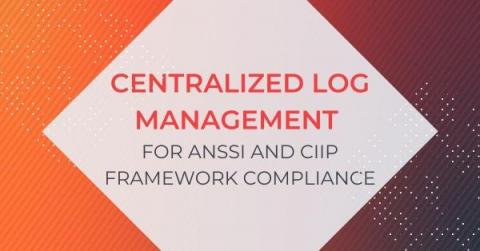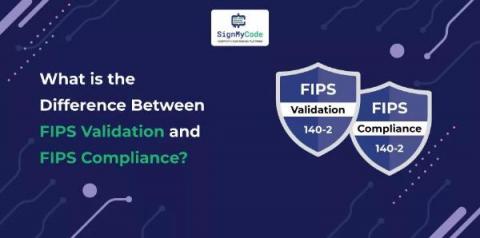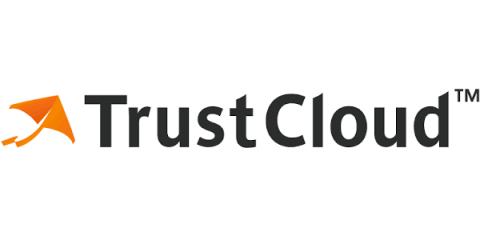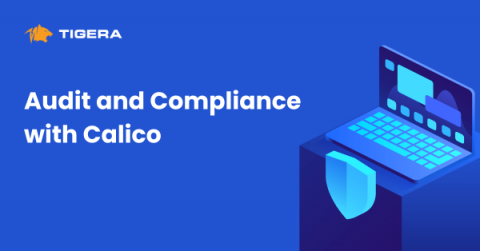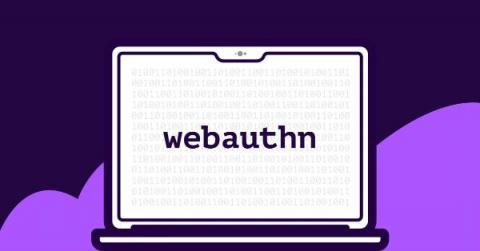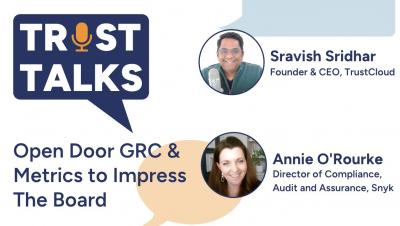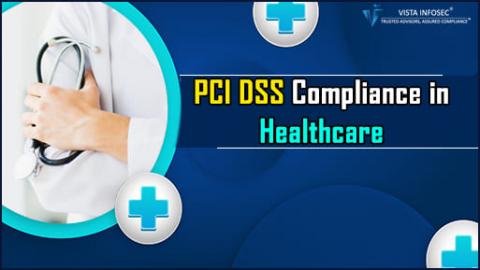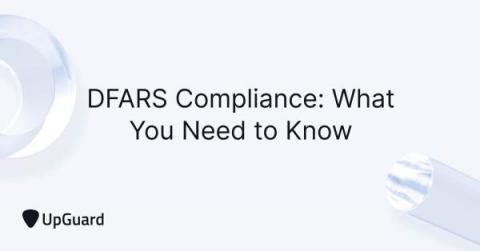Security | Threat Detection | Cyberattacks | DevSecOps | Compliance
July 2023
PCI DSS Checklist: Secure Your Business
The PCI DSS Checklist is a crucial first step in securing your business. It’s a tool that helps businesses ensure they’re meeting all the requirements of the Payment Card Industry Data Security Standard (PCI DSS). By following the steps outlined in the checklist, businesses can take a comprehensive approach to security measures and access controls, and respond to new threats posed by technological advancements.
Prevention Is the Best Preparation for the SEC's New Breach Disclosure Rules
The U.S. Securities and Exchange Commission (SEC) this week voted to adopt new rules for how companies inform investors about cybersecurity concerns. The vote comes after years of gradually increasing guidance and scrutiny over companies’ handling of cybersecurity events and follows a lengthy comment period where companies, including CrowdStrike, provided input.
The SEC's new cybersecurity disclosure rules - are you ready?
How to Quantify the ROI of your GRC & Security Programs
GRC programs are often viewed as cost centers. But, they can in fact be profit drivers by contributing to sales acceleration, cost and time savings, and risk reduction. The real question is, how can you prove that to the board? TrustCloud teamed up with ISSA to discuss.
SEC Implements New Rule Requiring Firms to Disclose Cybersecurity Breaches in 4 Days
What happened? The SEC (Securities and Exchange Commission) has introduced new rules that require public companies to be more transparent about their cybersecurity risks and any breaches they experience. This means companies will need to regularly share information about how they're managing cybersecurity risks and any significant cybersecurity incidents they've had. If a company experiences a significant cybersecurity incident, they'll need to report it within four business days.
Think Twice Before Embarking on Your CMMC 2.0 Compliance Journey Alone
Like a multitude of professions, the field of Information Technology (I.T.) is vast and requires specialized experience. There are network infrastructure specialists, risk and compliance analysts, cybersecurity professionals, technical generalists and more. I.T.
What is the VCDPA? Comprehensive Guide + Compliance Tips
NIS2 Directive and cyber risk management
The NIS2 Directive, published in December 2022, sets out a series of measures for improving cyber risk management throughout the European Union. All EU member states must apply the Directive as part of national law by October 2024. By the same date, all applicable organizations must comply with the measures set out in NIS2.
What is TX-RAMP? Full Compliance Guide
SEC: Public Companies Must Disclose Material Cybersecurity Incidents Within 4 Days
The US Securities and Exchange Commission (SEC) adopted new rules for cybersecurity risk management, strategy, governance, and incident disclosure by public companies on July 26, requiring public companies to disclose material cybersecurity incidents within four days of an attack. Additionally, registrants must annually report their process, if any, for assessing, identifying, and managing material risks from cybersecurity threats.
TrustCloud Product Updates: July 2023
Our team has been hard at work creating updates and new features just for you, see what we’ve been up to over the last month.
3 Takeaways: New SEC Cyber Risk Disclosure Rules
Yesterday the US Securities and Exchange Commission (SEC) voted 3-2 to issue long-awaited regulations that mandate uniform cyber incident disclosures for public companies. The SEC’s rulemaking progress has been lengthy and controversial, and cybersecurity experts and business advocates have been eagerly awaiting the release of the final rules after more than a year of public comment and lobbying from business and cyber experts.
Forward Networks Achieves SOC 2 Type 1 Compliance, Demonstrating Commitment to Transparency and Data Security
ISO 27002 puts Threat Intelligence center stage
The ISO 27000 series is an industry standard that has long defined and dictated base-level requirements for organizations’ information security management systems (ISMS). Through more than a dozen standards, the framework helps organizations demonstrate management commitment to their ISMS as they regularly review and improve their systems and procedures.
Connect any app to Vanta with Private Integrations
We’re thrilled to announce the launch of Private Integrations today, enabling Vanta customers to easily connect their in-house or third-party applications to Vanta’s Trust Management platform. With Private Integrations, in-house systems that need compliance controls can now be managed with the same level of automation as any third-party application available in Vanta’s integration directory.
Compliance? WhiteHat Dynamic has you covered
NeoSystems Joins The MSP Collective as a Founding Member to Advance Initiatives to Protect Critical Infrastructure in the U.S.
How to Quantify the ROI of Your GRC & Security Programs: 3 Lessons Learned from Successful GRC Teams
Startups' Guide to Security Questionnaires
For startups looking to win business and build trust with potential clients, a robust security program and effective response to security questionnaires are essential. Whether you’re new to security questionnaires or just need a refresher, we have you covered. With that, let’s get started.
What Are the Types of Audit Evidence?
The collection and evaluation of audit evidence plays an important role in assessing an organization’s compliance with established standards. The American Institute of Certified Public Accountants (AICPA) serves as a guiding force, establishing methods that auditors should use to carry out their duties effectively. As auditors start their examination, they first collect and analyze various types of audit evidence, each serving as a piece of the puzzle that forms the auditor’s report.
What is the Texas Data Privacy and Security Act (TDPSA)?
Vanta Names Enterprise Saas Leader Jeremy Epling As Chief Product Officer
How to start a security compliance program
Security compliance programs help your organization identify, implement, and maintain appropriate security controls to protect sensitive data, comply with laws and contractual obligations, and adhere to the standards, regulatory requirements, and frameworks needed to protect customers and enable the business to succeed. In other words, with a security compliance program in place, companies are able to demonstrate that they meet designated security requirements and objectives.
What is the CMMC (Cybersecurity Maturity Model Certification)?
ITAR and EAR Compliance in Microsoft 365 and SharePoint
Continuous Monitoring for Real Time Compliance
How Vanta combines automation & customization to supercharge your GRC program
As the industry’s first automated compliance platform, Vanta includes a wealth of pre-built content, which enables customers without existing compliance processes to quickly get up and running. But more mature organizations may already have a compliance program — from the processes they follow to the definitions of their compliance and security surface area — that is built to meet their unique compliance goals, auditor requirements, and tech stack.
What Your Auditor Looks for in Your Risk Management Process
TrustCloud teamed up with Dansa D’Arata Soucia on our Risk Rodeo webinar, to discuss everything you need to know to wrangle up risks with confidence. Our panelists weighed in on the four things that auditors look for in risk management processes.
The Ultimate Security Questionnaire Guide for Vendors
Welcome to our guide on Security Questionnaires (SQs)! We’ll cover everything you need to know about SQs, including a complete breakdown of what they’re all about, what risk assessments look like from a prospective customer’s POV, and best practices for the vendors responding. Let’s get started!
CMMC Requirements For Small Businesses
There are five levels that make up the Cybersecurity Maturity Model Certification (CMMC) framework. These levels range from Level 1 (Basic Cyber Hygiene) to Level 5 (Advanced/Progressive). With each level of cybersecurity certification, the requirements of the previous level are built upon and new controls and practices are introduced.
Centralized Log Management for ANSSI and CIIP Framework Compliance
New in Vanta | June 2023
June was a month full of exciting releases for Vanta, including enhanced Risk Management customization, 21 new integrations, Automated Statement of Applicability, and more.
Risk Management Rodeo Webinar - Wrangle Risks with Confidence
FIPS 140-2: Validation VS Compliance
NIST established the crucial set of guidelines known as FIPS 140-2 to safeguard sensitive data, particularly for governmental organizations. It is to provide security and privacy when encrypting and decrypting data. The primary distinction between FIPS 140-2 validation and compliance is that. In contrast, validation involves determining if a system or product has been developed to comply with the standard’s requirements; compliance is putting those requirements into practice.
Why SOC 2 is an Industry Standard
SOC 2 (Service Organization Control 2) provides a framework for assessing and reporting on the security, availability, processing integrity, confidentiality, and privacy of systems and data of service organizations. It was developed by the American Institute of Certified Public Accountants (AICPA) to address the need for consistent and comprehensive security and privacy controls in service organizations.
How to Implement Effective Compliance Testing
TrustCloud Transforms Legacy GRC Programs with new API and AI-Powered Tools
Understanding the Differences Between DFARS and CMMC
Audit and Compliance with Calico
In this blog post, I will be talking about audit and compliance and how to implement it with Calico. Most IT organizations are asked to meet some standard of compliance, whether internal or industry-specific. However organizations are not always provided with the guidance to implement it. Furthermore, when guidance has been provided, it is usually applicable to a more traditional and static environment and doesn’t address the dynamic nature of Kubernetes.
What is SOC 2 Type 2 and Why is it Important?
Netacea is proud to announce that six months on from completing SOC 2 Type 1 compliance, we can now confirm SOC 2 Type 2 compliance as well, further demonstrating our commitment to data security and protecting our customers.
Lessons from Vanta's WebAuthn migration
In this ongoing series, you’ll hear directly from the teams keeping Vanta—and most importantly, our customers—secure. Today’s post by Rob Picard and Jess Chang on the Security team explains why and how we migrated to WebAuthn as the mandatory way to log into Okta.
The Road to Continuous Compliance
Trust Talks with Annie O'Rourke, Director of Compliance, Audit and Assurance at Snyk
UK Telecommunications Security Act 2021: 3 Documents From The Regulators Every Telco Executive Should Read
PCI DSS Compliance in Healthcare
Data security has become an essential aspect of our lives and is more crucial than ever before. In the healthcare industry, organizations are entrusted with a plethora of sensitive information, including PHI, PII, and financial data. This renders them accountable for complying with both HIPAA and PCI regulations. Adherence to these regulations is paramount for safeguarding sensitive patient information from data breaches and cyber attacks.



